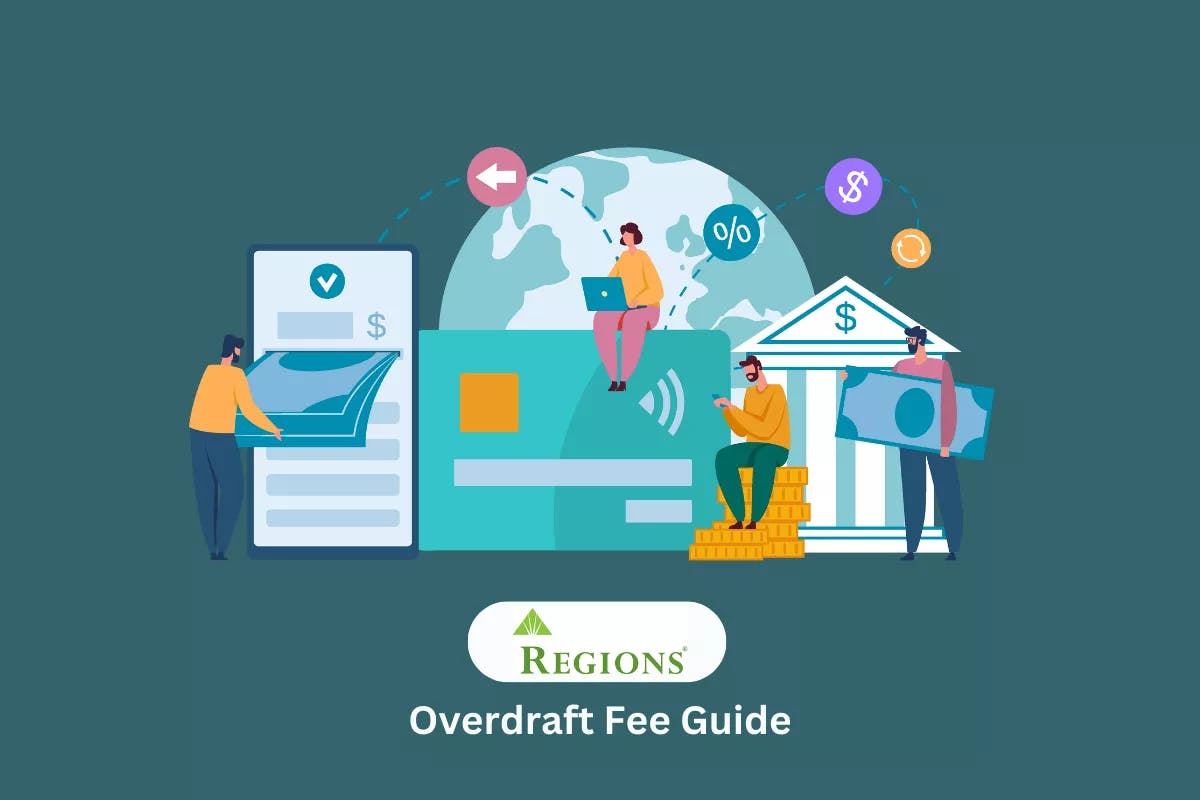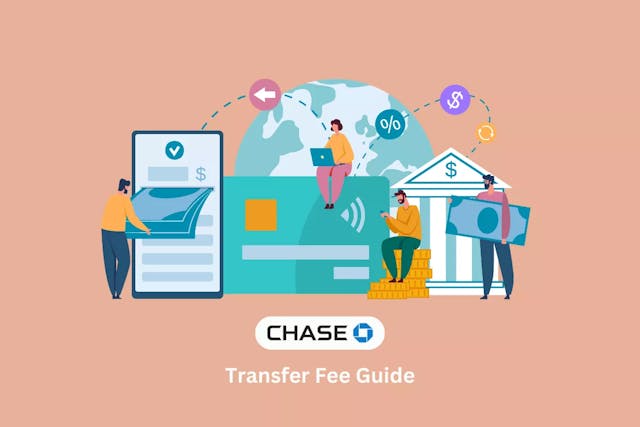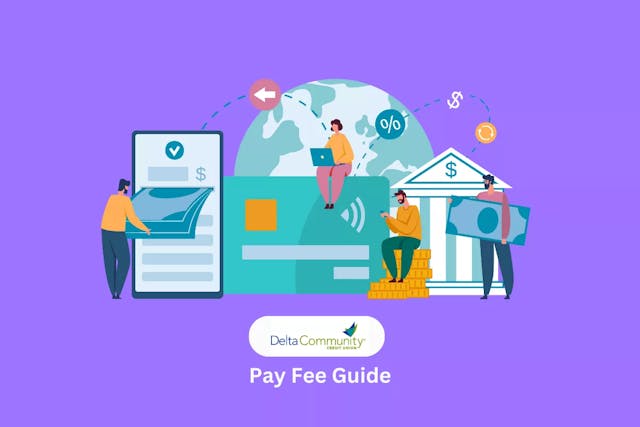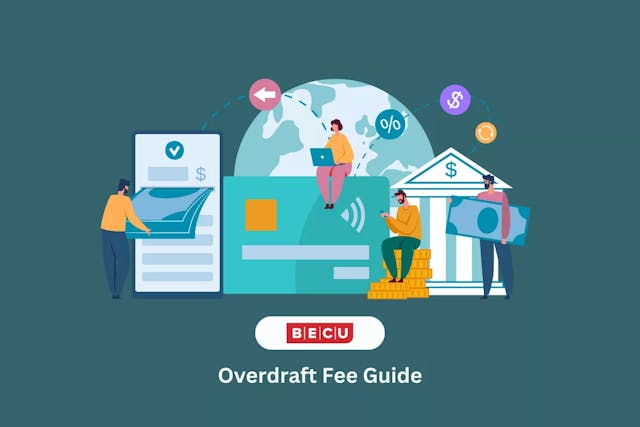What Is an Overdraft Fee?
Regions issues you an overdraft fee when you attempt to complete a transaction but don’t have enough funds in your account to cover it. When you make a purchase that would overdraw your account balance, the bank can decide to let the transaction go through, which would send you into the negative and cause you to incur an overdraft fee.
Transactions that can trigger an overdraft fee at Regions include:
- Checks
- ACH transactions
- In-person withdrawals
- ATM withdrawals
- Debit card transactions
- Any other manual or electronic withdrawals
If you’d like for Regions to cover overdrafts on ATM transactions and everyday checking account purchases, you must first opt into overdraft protection and link a qualified account.
How Much Does an Overdraft Fee Cost at Regions?
A standard overdraft fee at Regions costs $36 per paid overdraft item.
Related Fees
If you overdraw your account, a number of scenarios could occur.
- Overdraft fee
- Overdraft protection transfer fee
- Returned item fee
Overdraft fee
Overdraft fees most often occur when you are not opted into overdraft protection and the bank allows you to overdraft your account on checks, ACH transactions, and certain types of withdrawals and debit transactions.
Overdraft protection transfer fee
Overdraft protection transfer fees most often occur when you are opted into overdraft protection, have a qualified linked account, and the bank allows you to overdraw your account. Rather than a $36 overdraft fee, Regions will charge a $10–$12 overdraft protection transfer fee if you are opted into the program.
To enable overdraft protection, you must link a qualified account so that the bank can transfer funds from one account to another in the event of an overdraft. Qualified accounts include:
- Regions checking accounts
- Eligible Regions savings accounts
- Money market accounts
- Lines of credit
- Credit card accounts
Returned item fee
A returned item fee — also known as a non-sufficient funds (NSF) fee — occurs when you make a purchase but there are not enough funds in your account to cover the transaction. Instead of covering for you, the bank will decline the transaction, or return the item unpaid. Regions charges $36 for each item that is returned unpaid.
Special Considerations
Regions limits the number of overdraft fees — including both overdraft fees and returned item fees — to no more than five per day.
The bank’s fee schedule also notes that customers can receive a one-time refund on overdraft and returned item fees.
Overdraft fees can be a financial and emotional drain. Opting into overdraft protection can give you peace of mind knowing that your transactions will be covered even if you don’t have the funds in your account; however, there are many things to consider before opting in.
Overdraft protection is not mandatory. In fact, not opting into the service can save you more money in the long run. A study by the Consumer Financial Protection Bureau found that accounts opted into overdraft protection pay on average $21.61 per month on overdraft and returned item fees compared to $2.98 per month for accounts that aren’t opted in.
When in doubt, remember that you can opt into or out of overdraft protection at any time.
Learn more about what you should know before opting into overdraft protection.
How to Avoid an Overdraft Fee
Overdraft fees are one of the most common charges detected on Cushion customers’ accounts, but there are small actions that you can take to avoid them:
- Keep an eye on your account balance and charges.
- Sign up for low-balance notifications.
- Carefully consider whether you should opt into overdraft protection.
Learn more about what to do if you are about to overdraw your account.
How to Get an Overdraft Fee Refund
Even if you take all of the necessary precautions to avoid an overdraft fee, they are sometimes inevitable. Luckily, if you get hit with an overdraft fee, there are ways of getting it refunded.
If this is your first time getting an overdraft or returned item fee with Regions, you can call and request a refund, as the bank’s fee schedule specifies that every customer gets a one-time refund on fees that overdraw your account.
If this is not your first run-in with overdraft fees, you can still work for a refund. There are some things that you can do to increase your chances of a successful negotiation.
Make sure to prepare
Name, address, bank account number, and the fees that you’d like to negotiate – have them ready.
Introduce yourself
“Hello. My name is , and I recently received an overdraft fee while using my card. I’m contacting you to see if you would be willing to refund this fee.”
Prepare your points of leverage
Have you been financially affected by COVID-19? Do you not get overdraft fees often? Are you a loyal Regions customer who has banked with the institution for an extended period of time? Do you have multiple accounts with the bank? Do you make regular deposits?
Be patient, persistent, and prepared not to get a refund every time
Remember that a little kindness goes a long way. The bank agent that you’re speaking with probably didn’t write the rules on refunds. If you initially hear “no”, that’s okay — that’s what your points of leverage are for.
At the end of the day, success sometimes depends on the agent that you speak with, so try calling back a few days later to speak with someone new, or ask to speak with higher level management.
Finally, you might unfortunately lose some negotiations. Try not to get discouraged, but do take the necessary precautions to avoid overdraft fees going forward.
Learn more about how to get an overdraft fee refund.
Find Region’s full fee schedule here.



